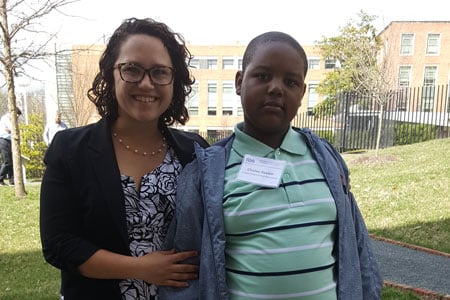Condition
Pediatric Non-Infectious Skin Conditions
There are many different non-infectious skin conditions that require clinical care by a physician or other healthcare professional.
- Contact dermatitis is a physiological reaction that occurs when skin comes in contact with certain substances. Irritants to the skin cause 80 percent of these reactions, while the remaining 20 percent are caused by allergens, which trigger an allergic response. Learn more about contact dermatitis.
- Atopic dermatitis, also called eczema, is a skin disorder that usually appears in babies or very young children, and may last until the child reaches adolescence or adulthood. Eczema causes the skin to itch, turn red, and flake. Learn more about atopic dermatitis (eczema).
- Diaper dermatitis, commonly known as a diaper rash, is a term used to describe different skin rashes in the diaper area. The rash is usually red and scaling, but rarely ulcerated. It is most commonly seen in infants between the ages of 9 to 12 months, can also begin in the first 2 months of life. Learn more about diaper dermatitis (diaper rash).
- Seborrheic dermatitis, also known as cradle cap, is characterized by fine white scales on the head and scalp. However, seborrheic dermatitis can also occur in the diaper area or on the face, neck and trunk. Seborrheic dermatitis is most common in infants, but usually clears within the first year. Learn more about seborrheic dermatitis (cradle cap).
- Acne is the term for plugged pores, pimples, and deeper lumps that occur on the face, neck, chest, back, shoulders, and even the upper arms. Learn more about acne.
- Drug rashes are the body's reaction to a certain medication. The type of rash that occurs depends on the type of drug that is causing it. Rashes can range from mild to severe. Learn more about drug rashes.
- Poison ivy rash is an allergic reaction to poison ivy. Poison ivy is a very common plant in the U.S. It's similar to two other plants called poison oak and poison sumac. The plants cause allergic dermatitis. Learn more about poison ivy rashes.
- Toxic epidermal necrolysis is a life-threatening skin disorder characterized by blistering and peeling of the skin. This condition can be caused by a reaction to certain drugs, including antibiotics or anticonvulsives, but about one-third of all cases of toxic epidermal necrolysis do not have an identifiable cause. Learn more about toxic epidermal necrolysis.

Dermatology Treatment at Children's National Hospital
The pediatric specialists at Children's National Hospital have the expertise to diagnose, treat and manage conditions of the skin, nails and hair common in infant and younger patients. Discover more about the treatments we offer.

Providers Who Treat Non-Infectious Skin Conditions
Departments that Treat Non-Infectious Skin Conditions

Dermatology
The Division of Dermatology at Children's National Hospital continues to expand services as more families seek our expertise in the diagnosis and treatment of disorders of the skin, hair and nails.







